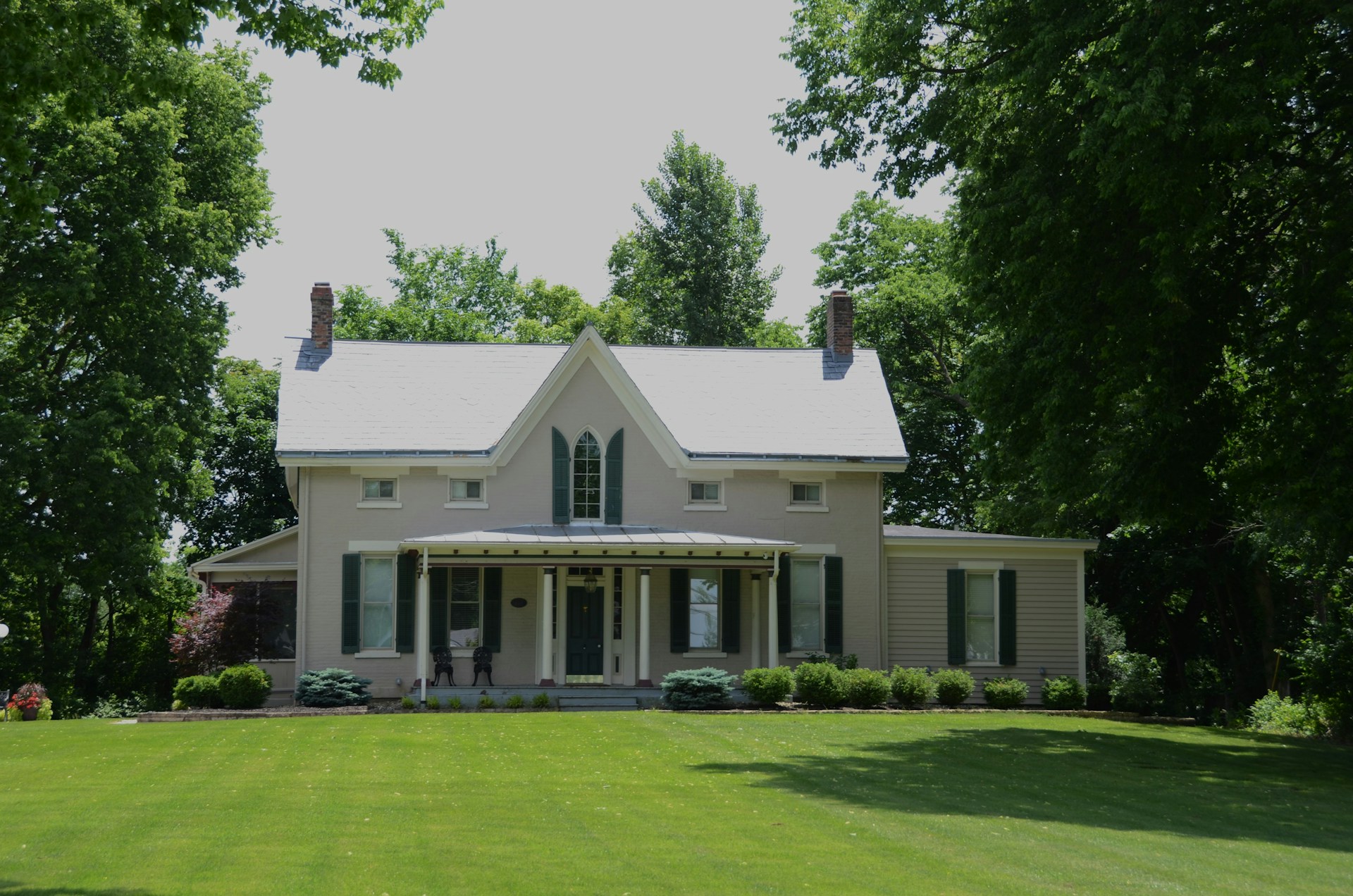
Home insurance in Robertsdale, Alabama, has been steadily changing in recent years. With rising costs, stronger storms, and new insurance rules, many homeowners are noticing that policies today look different from those of the past. The changing landscape is not just influenced by local weather risks and building standards but also by the fast-growing population in Baldwin County. More residents mean more demand for housing and, consequently, more pressure on insurance companies to assess risks accurately and set appropriate premiums. Here is a closer look at how these shifts are shaping home insurance in Robertsdale.
Why Home Insurance is Changing in Robertsdale
Robertsdale sits in Baldwin County, a coastal region prone to hurricanes, heavy rains, and flooding. This area has seen significant damage from past storms, such as Hurricane Sally in 2020, which led to major insurance claims. With the rising frequency and intensity of storms, insurance companies have had to rethink how they assess risks and set their rates. The location of Robertsdale plays a significant role, as homes near the coast or in flood-prone zones face higher risks, making insurers more cautious when offering coverage. These risks are heavily factored into the way policies are priced.
Furthermore, the population growth in Robertsdale has added another layer of complexity to the insurance environment. As more people move to Baldwin County, the demand for housing and, by extension, the demand for home insurance increases. This means insurance companies are dealing with more homeowners in high-risk zones, which may lead to even higher premiums as insurers account for the increasing number of policies they must handle. While the growth can bring economic benefits, it also presents challenges in terms of managing risks effectively and offering affordable coverage to all residents.

Rising Costs and Premiums
One of the most noticeable changes in the home insurance landscape is the rise in insurance premiums. Rebuilding costs have skyrocketed due to the increasing prices of materials and labor. When storms hit, insurance companies must cover more expensive repairs, and these costs are passed on to homeowners in the form of higher premiums. Even if a homeowner has not filed a claim, they may see their renewal rates go up year after year.
Premiums also vary depending on the home itself. Newer homes or homes with stronger features, such as storm-resistant windows or upgraded roofs, may receive lower rates. Conversely, older homes, especially those without proper storm protection, are often subject to higher premiums. These factors are crucial, especially in a community like Robertsdale, where the risk of damage due to severe weather is an ongoing concern.
Stricter Rules from Insurance Companies
Insurers are now looking more closely at specific details when they decide on coverage. The type and age of a roof, the strength of windows and doors, and the home’s elevation all matter more than before. Newer homes or those that have been upgraded are seen as less risky and may qualify for lower premiums.
Older homes or those without storm protections may face the opposite situation. Some may be more expensive to insure, while others may even have trouble finding certain types of coverage. This reflects how the changing home insurance landscape now ties more closely to the strength and safety of each property.
Coverage Changes and Extra Policies
Another shift is what home insurance actually covers. A standard Robertsdale Alabama home insurance policy often excludes flooding, which means many families must buy separate flood insurance Robertsdale policies to be fully protected. This can be surprising for homeowners who assumed their regular policy covered all types of water damage.
Higher deductibles are also becoming common. For wind or hurricane damage, insurers may require homeowners to pay more out of pocket before coverage begins. These changes make it important for families to read their policies carefully and understand the limits.
State Programs and Home Upgrades
Alabama has introduced programs to help homeowners strengthen their properties. The Fortified home Alabama program sets building standards that focus on stronger roofs, better connections, and improved storm resistance. Homes built or upgraded to these standards often suffer less damage during storms, and many insurers recognize this with lower premiums.
There are also grants and financial incentives available to support these upgrades. For example, homeowners who replace an old roof with a Fortified one may see both insurance savings and reduced storm damage. These programs highlight how the state is encouraging resilience as part of the insurance landscape.
What Homeowners Can Do
There are steps homeowners can take to keep up with the evolving insurance environment. Reviewing current policies is an important first step. Homeowners should check what perils are included, what is excluded, and whether their coverage limits are enough to match today’s rebuilding costs.
Making upgrades to the home is another way to prepare. Improvements like stronger roofs, storm shutters, or reinforced doors can lower risks and sometimes reduce premiums. Keeping records of repairs and improvements is helpful, since insurers often require proof before applying discounts.
Comparing providers can also make a difference. Not all insurers price risk in the same way, so shopping around may reveal better options. Families who prepare in advance can face fewer surprises and better protect their homes.
Start Your Quote Today
Our licensed specialist will search for the best insurance quotes and will email you when ready.


